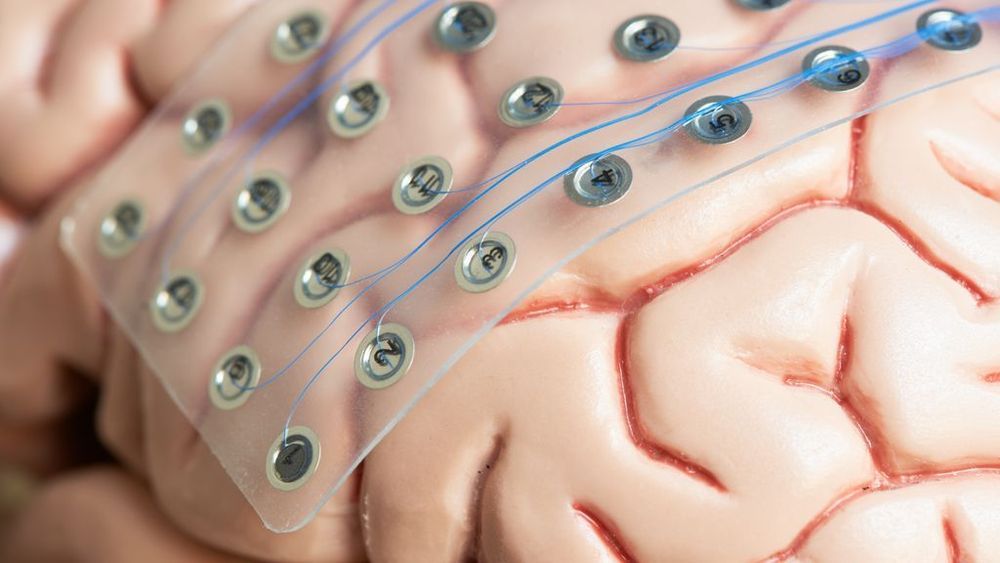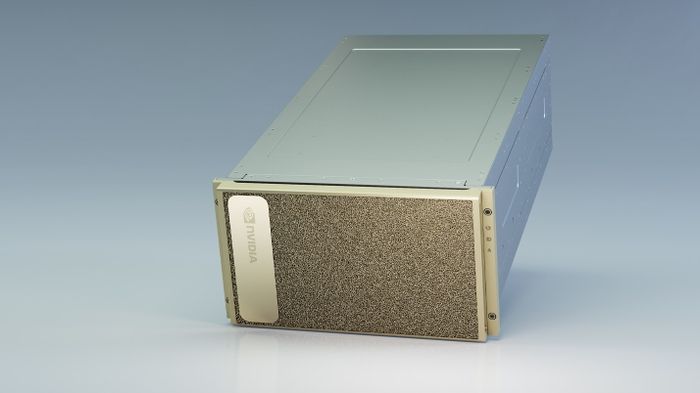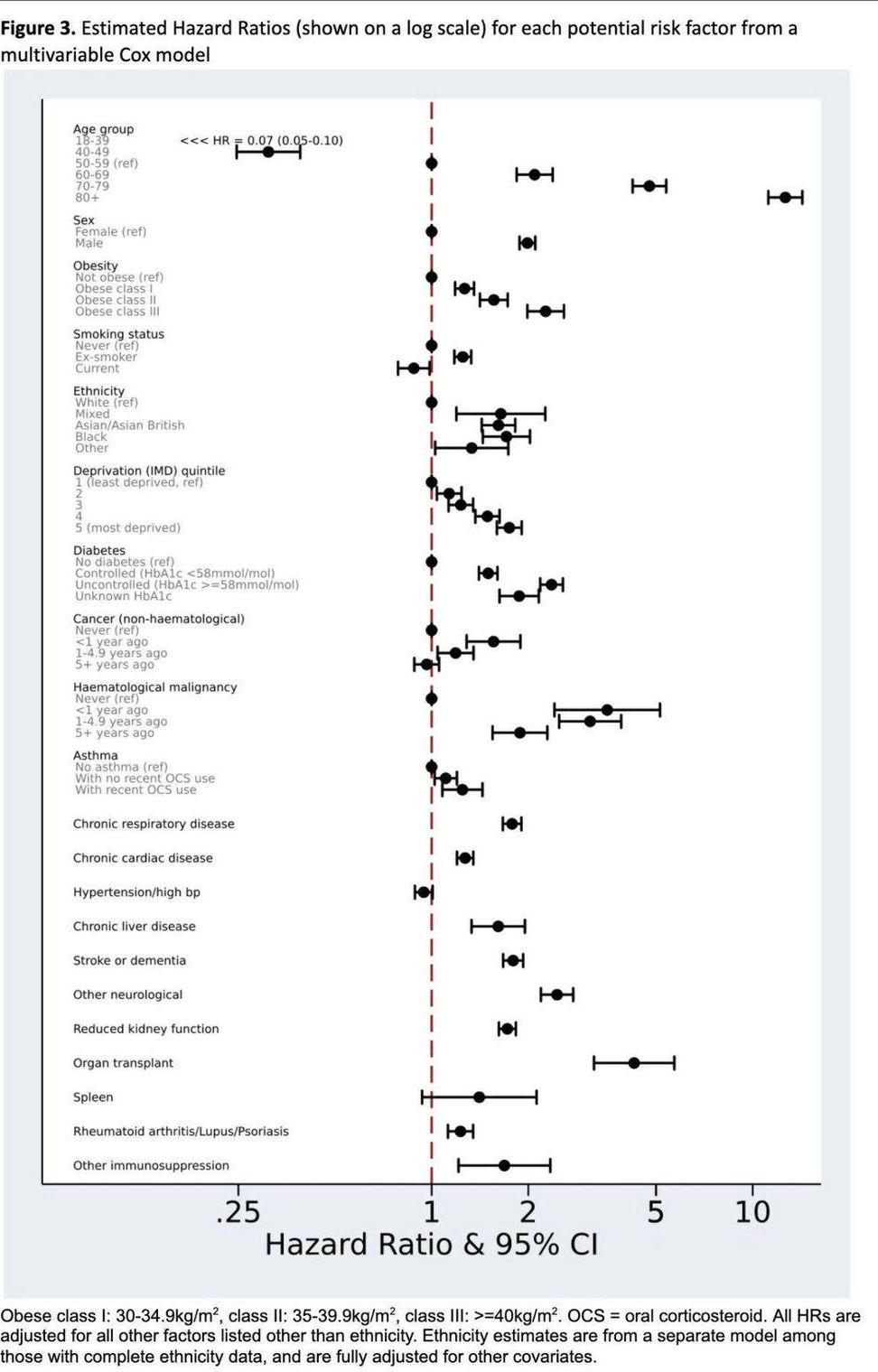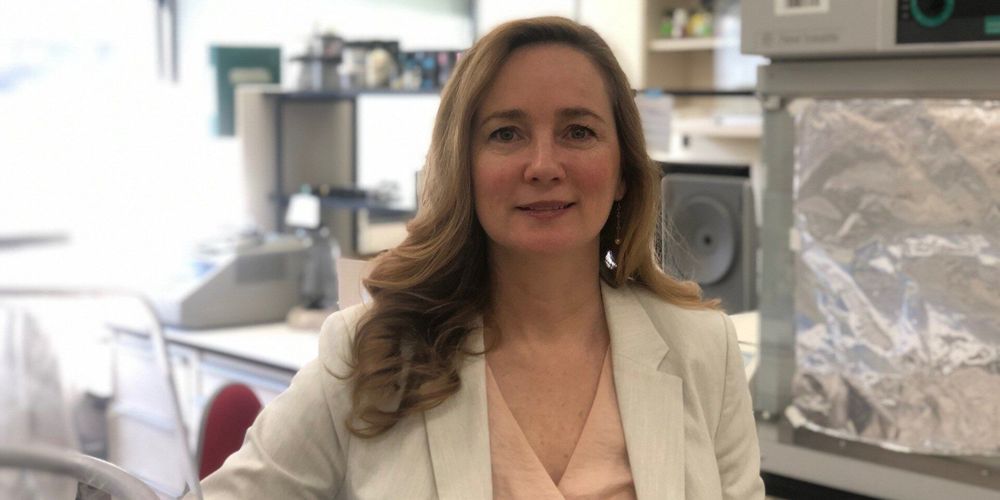You might’ve seen people on the internet saying “it’s like my autocomplete gets me.” Indeed, Keyboard protection AI has come a long way so much so that it can almost complete your sentences. So, why shouldn’t developers get the benefit of auto-complete too?
For years, IDEs (Integrated Development Environment) have tried to make development quicker by predicting the next part of a developer’s code. Now, startups like Codota are using AI to help developers with code completion on any code editor.








